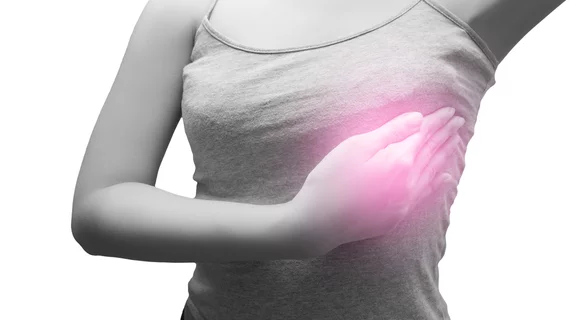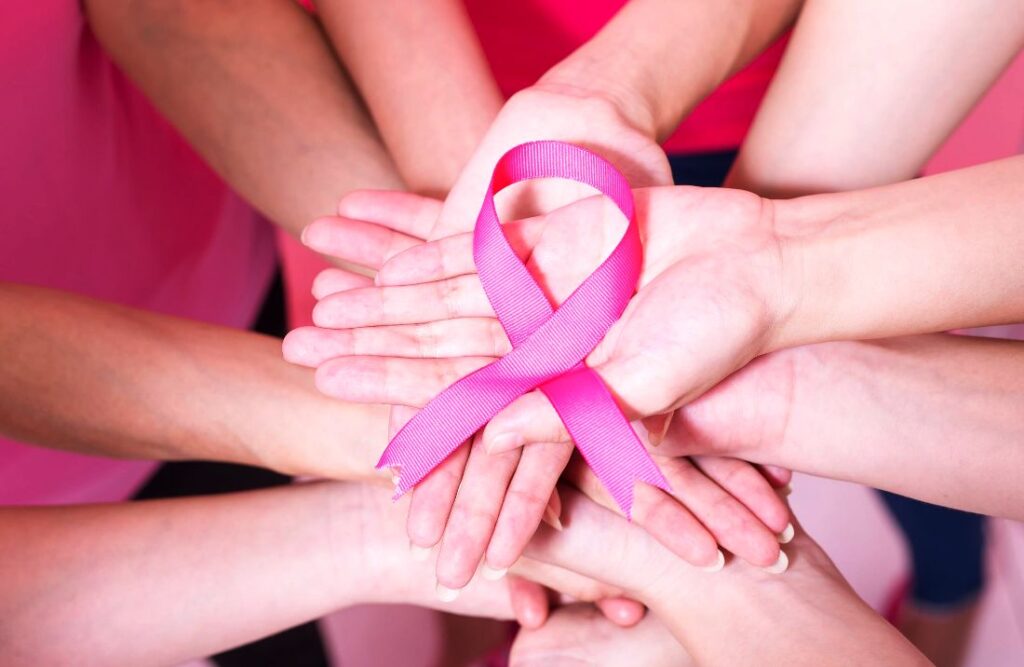A recent study from Denmark has sparked concern, suggesting a link between hormonal intrauterine devices (IUDs) and breast cancer. While media reports may have amplified fears by focusing on the numbers, it’s important to dig deeper into the findings and understand the context.
What Are IUDs?
Intrauterine devices (IUDs) are highly effective contraceptives placed inside the uterus. They come in two main types: copper and hormonal. The newer, hormonal IUDs release a synthetic hormone called levonorgestrel, which mimics the body’s natural progesterone. Besides preventing pregnancy, hormonal IUDs can make periods lighter and less painful, which is why some women choose them even when contraception isn’t the primary goal.
What Did the Study Find?
The Danish study tracked nearly 80,000 women who used hormonal IUDs over two decades, comparing them to women who did not. Initially, the numbers seemed counterintuitive, with fewer breast cancer cases among IUD users compared to non-users. But this raw data didn’t tell the whole story.
Unlike randomized controlled trials, which randomly assign participants to different treatments, this study simply compared two groups of women who had made different choices regarding IUD use. To account for differences in factors like age, education, number of children, and medical history, the researchers adjusted their results. After this adjustment, the data suggested a higher risk of breast cancer for women using hormonal IUDs.

How Big is the Risk?
This is where perspective becomes crucial. The study reported a relative risk increase of:
- 30% for women using hormonal IUDs up to five years,
- 40% for 5–10 years,
- 80% for 10–15 years.
These percentages might sound alarming, but they don’t give the full picture. To grasp the actual likelihood of getting breast cancer, we need to look at the absolute risk:
For every 10,000 women using hormonal IUDs:
- There would be 14 additional cases of breast cancer after five years,
- 29 extra cases after 5–10 years,
- 71 cases after 10–15 years of use.
Even with prolonged use, the absolute risk increase remains comfortably under 1%. So while the relative risks make headlines, the real-world impact is much smaller.
Should You Be Concerned?
It’s important to remember that the study only shows an association, not causation. This means it’s unclear whether hormonal IUDs directly cause breast cancer, or if other unmeasured factors—like body weight, alcohol use, smoking, or physical activity—are contributing to the increase. The study didn’t adjust for these key factors, making it difficult to draw definitive conclusions.
What Do Other Studies Say?
Other research provides a more nuanced view. A large study from Sweden, which included over half a million hormonal IUD users, found only a 13% increase in breast cancer risk—much smaller than the Danish study. This translates to roughly 1.46 additional cases per 10,000 women per year.
Interestingly, the Swedish study also suggested that hormonal IUDs might reduce the risk of other cancers, such as cervical, ovarian, and endometrial cancer. This mixed picture is similar to the findings on traditional hormonal contraceptives, where a slight increase in breast cancer risk is often offset by protective effects against other types of cancer.

So, What Does This Mean for You?
For most women, the risk of developing breast cancer from using hormonal IUDs is very small. In fact, it may be overshadowed by other factors like high body weight, inactivity, alcohol consumption, and smoking, which are more significant contributors to breast cancer risk. Additionally, the possible protective effects against other cancers may balance out the slight increase in breast cancer risk.
Hormonal IUDs remain a highly effective and convenient contraceptive option, and they deserve a place among the top choices for women. However, they’re not for everyone, and it’s essential to discuss your personal risk factors with your healthcare provider when choosing the right contraceptive for you.
Ultimately, this study doesn’t call for panic—it calls for informed decision-making. Keeping the risks in perspective ensures that women can make choices based on accurate, balanced information.
